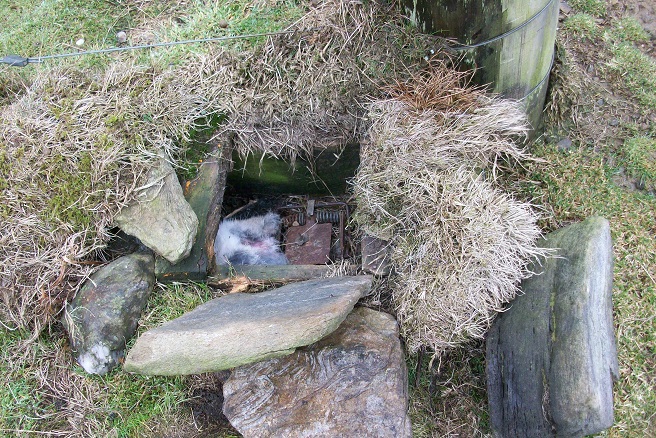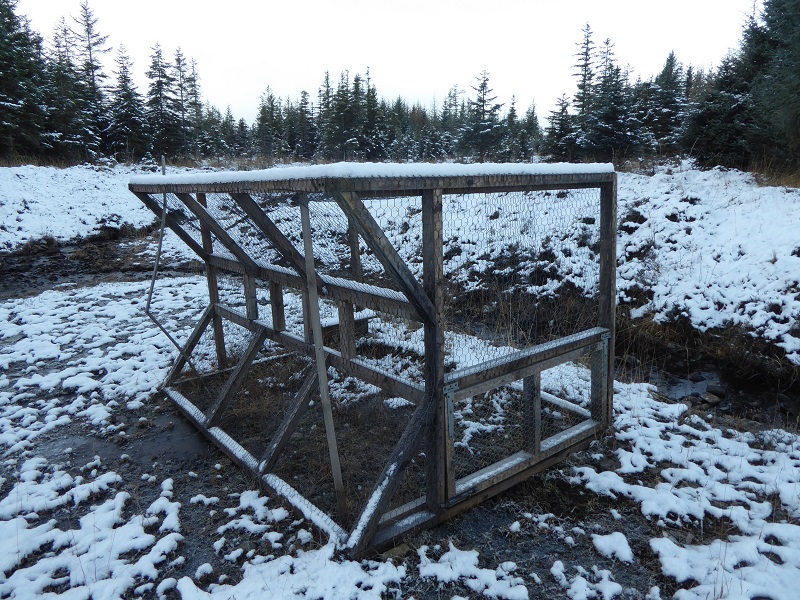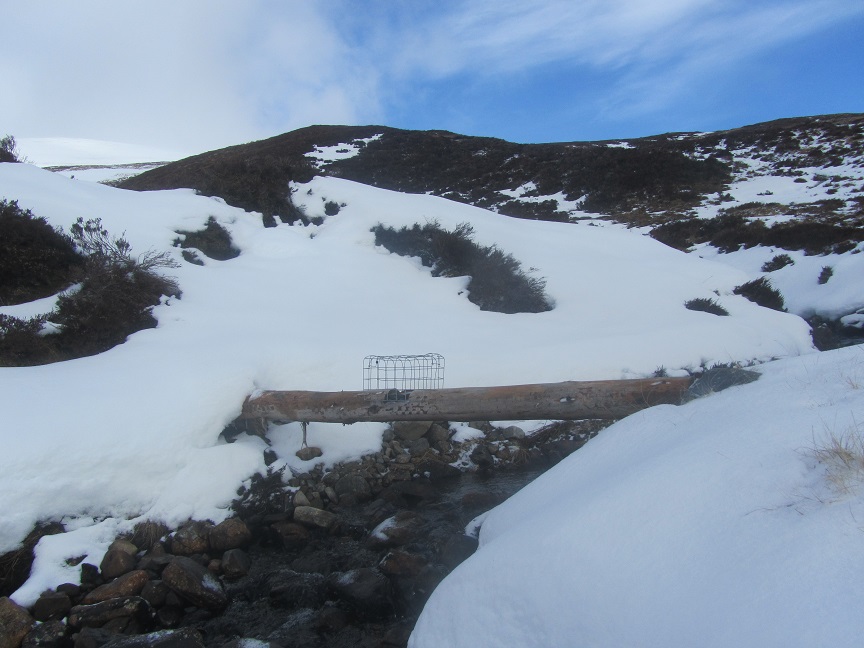
In what I believe is a very positive development Onekind has launched a campaign to protect mountain hares in the Cairngorms National Park (see here). I think they are right to focus on the National Park – if we cannot protect wildlife in our National Parks then we are unlikely to protect wildlife anywhere except for places in conservation ownership – and Mountain Hares are a good species to start with since they are not fully protected (there is an open and close season) unlike raptors which in theory are (though in practice the laws to protect raptors have made little difference which is why there is also a compelling case to license all hunting in our National Parks).
In choosing this campaign, Onekind I suspect, has picked up that the general public feel very strongly our National Parks should be different from other places and part of that means wildlife should be protected there. This is reflected in Raptor Persecution Scotland/UK’s 7th Birthday blog – congratulations to them, they are doing a fantastic job of exposing how Raptor Persecution is being allowed to continue. The RPS post listed the ten most popular posts of the last year. What struck me is that two of their most popular posts had “Cairngorms National Park” in the title and three others covered ground within the National Park:
- Natural England issues licence to kill buzzards to protect pheasants (here)
- National Trust pulls grouse shooting lease in Peak District National Park (here)
- Queen’s Balmoral Estate accused of mountain hare massacre (here)
- Faking it (here)
- More mountain hares slaughtered in the Angus Glens (here)
- More mountain hares massacred in the Cairngorms National Park (here)
- The illegal killing of birds of prey in the Cairngorms National Park (here)
- Chris Packham has a message for Marks & Spencer (here)
- Mass raptor poisoning in Wales: location revealed (here)
- Catastrophic decline of breeding hen harriers on grouse moors in NE Scotland (here)
I have commented previously about National Parks, the power of the idea. It makes sense for animal welfare and conservation organisations to use it and I also welcome the fact that, in raising awareness about what is going on in our National Parks, animal welfare and conservation organisations are increasingly working more closely together.
In response to Raptor Persecution Scotland’s post on the Onekind campaign (see here) there were two very interesting comments (and I hope the authors and RPS don’t mind me quoting them).

Protected areas and wildlife
Here’s the comment from Alistair Clunas:
Many respondents on this blog expect wildlife to be specially protected in our National Parks. This is not the case.
All National Parks in the UK are Category V Protected Landscape/Seascape. A protected area managed mainly for landscape/seascape protection and recreation.
http://www.nationalparks.gov.uk/students/whatisanationalpark/nationalparksareprotectedareas/iucncategories
This means that protection of ecosystems and wildlife is not, as it should be, a function of the national park. The Scottish Government when it set up the national park system should have created Category II Nation Parks where areas are managed mainly for ecosystem protection and recreation. At the very least a core area in Cairngorms National Park should have been designated as such.
I agree with Alistair that wildlife is not specially protected in our National Parks but the important thing is the public EXPECT wildlife to be protected in our National Parks. While I believe that having Category ii National Parks would help, as Alistair suggests, I don’t think this is essential to protect wildlife far better than we are doing at present. Our current National Parks could do this if they had the will. The first aim in law of both our National Parks is to “(a) conserve and enhance the natural and cultural heritage of the area” and what’s more where there is conflict with the other three aims, “the authority must give greater weight to the aim set out in section 1(a)”. Note it says NOT “should” but “must” – conservation must come first.
A large part of the problem in my view is that our National Parks have simply not done what they should be doing, they have not put conservation first. Its not even that they have put their fourth aim ” (d) to promote sustainable economic and social development of the area’s communities” first. Its that they have interpreted this to mean that they should put landed, business and financial interests first. The onekind campaign is an opportunity to put a small part of this right.
Having said that, I agree with Alistair, that we should be creating core areas within our National Parks where natural processes and wildlife come first or, as Ron Greer described it, we should create “wildlife refugium” (see here). While this idea has been knocked sideways in the Cairngorms, it has never formed part of the thinking in the Lomond and Trossachs National Park – it should do, there are some great areas of wild land where natural processes could be allowed to hold sway.
What about other species than mountain hare and raptors?
The second comment was from Iain Gibson:
It’s time to consider the position regarding the entire principle of controlling predators, which is falsely justified simply by tagging them with the label “vermin” or “pest.” I see no reason why foxes should not be protected. It’s only because of country lore and tradition that we continue to persecute them. Personally I would like to see a society in which all wildlife is protected by law, and guns removed from the equation, but this appears to be unrealistic at present due to the fanaticism of our own version of the gun lobby, which insists farmers can’t cope without the ability to kill so-called “vermin.” It is true however that some do, including a few hill sheep farmers who manage to survive without having to control foxes. Surely our understanding of nature and ecology has reached a sufficiently advanced stage to realise that vermin control is unnecessary except where a serious threat to human health is involved. So long as conservationists continue to make exceptions for Red Foxes and Carrion Crows, ignoring scientific evidence, gamekeepers can accuse us of hypocrisy. I suspect few readers of RPUK are aware that crows have been taking a hammering since the rise of the Countryside Alliance, in effect because ignorant farmers, gamekeepers and wildly right-wing “country sports” supporters are taking out their frustration against enlightened people, aka “townies.”

Iain, I think is spot on. The level of trapping of “vermin” such as weasels and stoats in the Cairngorms National Park (see here for Dinnet example) is as much a disgrace as the slaughter of Mountain Hares. This is not just a Cairngorms issue. Last year I was talking to a keeper in the Loch Lomond and Trossachs National Park who told me he had lost count of the number of foxes he had killed. It made me think afterwards about how many foxes I had ever seen in the LLTNP. In hundred of visits, I have probably seen less than five foxes, while in Glasgow, where I run the streets most days, I see them 3-4 times a week.
So, both of our National Parks need to address wildlife persecution, not just hares but other species, and what better place to start than in their new five year partnership plans which have to be agreed this year? Mountain Hares should be just the starting point for a much wider vision of the wildlife potential of our National Parks.
Very well written article.
Thanks for taking the time on explaining these obvious matters so sensibly and calmly.
If we state such cases in such a measured and restrained way, then there is no reason that those who hunt / trap cannot at least listen.
When we learn to talk and listen to each other, eventually we can find common ground and a better answer for wildlife.